Urban NEST Fellowship Research Projects 2025
By Natural Areas Conservancy on September 29, 2025
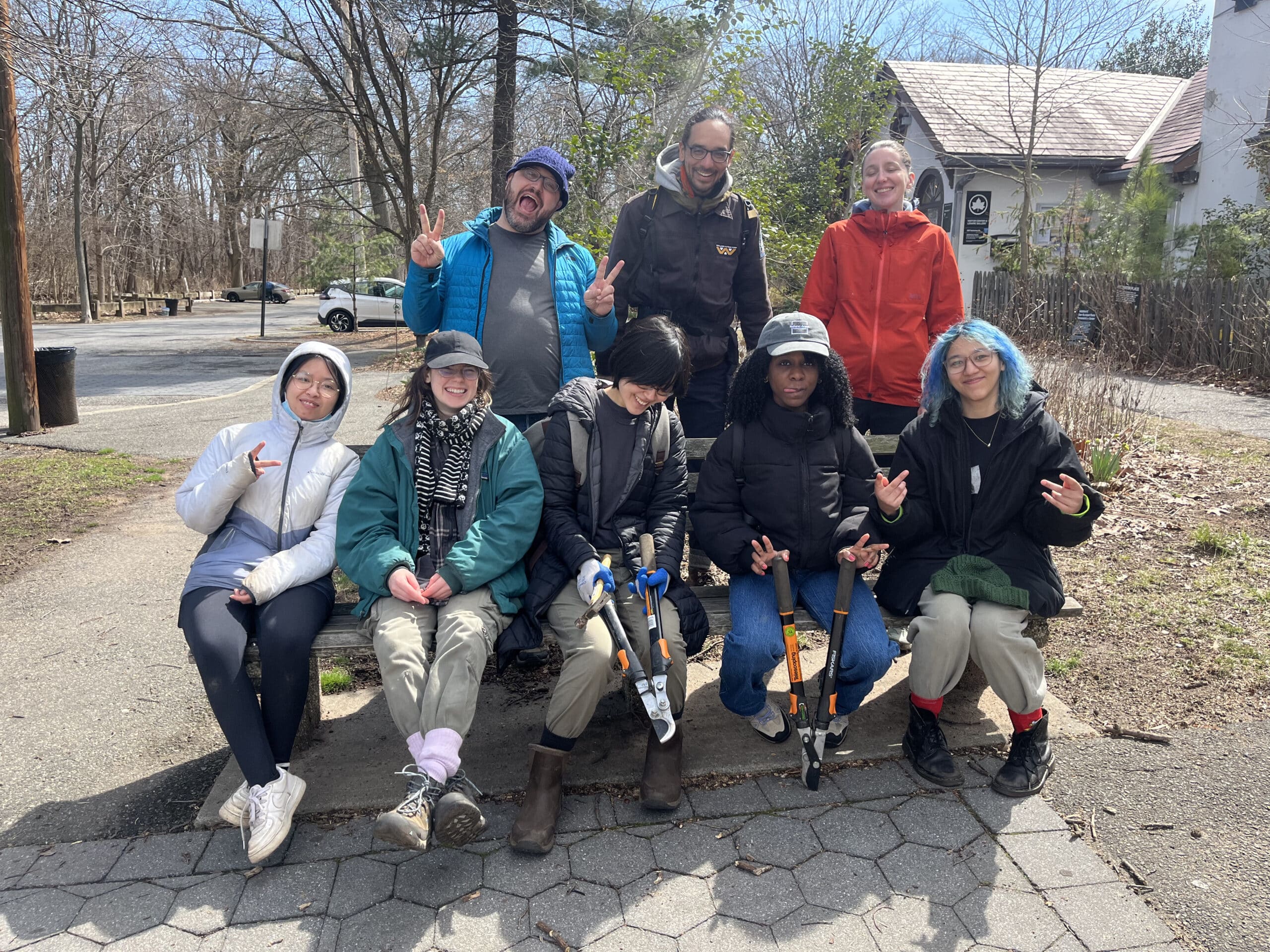
By Natural Areas Conservancy on September 29, 2025

This past summer, the Natural Areas Conservancy’s Urban NEST fellows completed research projects which marked the end of an impressive year-long effort. Fellows conducted intensive research, data collection, and analysis in a wide array of topics—from trail mapping of the North 40 system in Floyd Bennett Field to testing restoration strategies of an urban maritime grassland. Read on below to explore their projects in more depth!
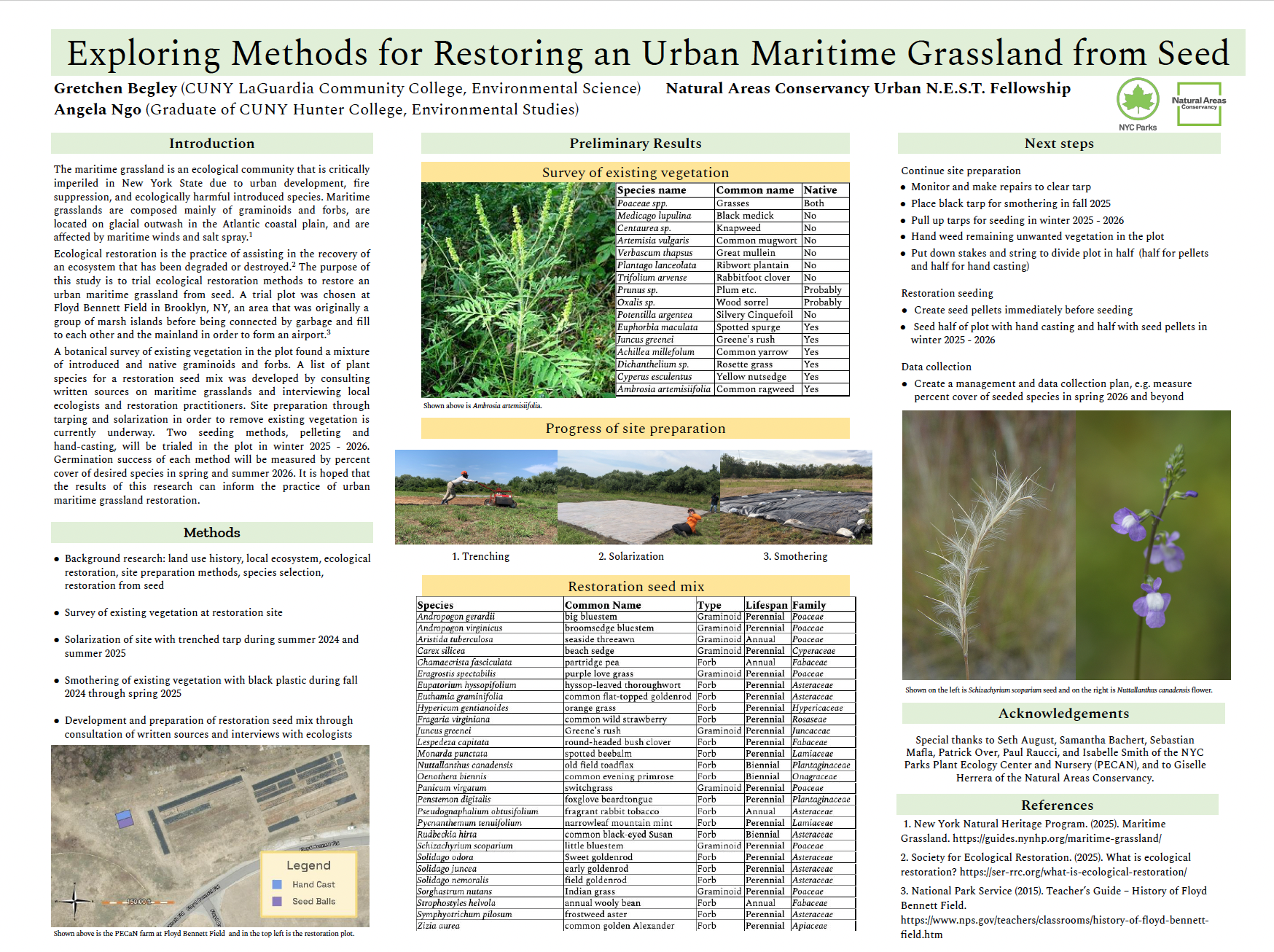
Authors: Gretchen Begley and Angela Ngo (NAC Urban NEST Fellowship 2025-2026)
Angela Ngo and Gretchen Begley have explored methods for restoring a maritime grassland ecosystem from seed adjacent to Jamaica Bay in Brooklyn. They did a survey of existing vegetation, created and executed a site preparation plan, developed and prepared a restoration seed mix based on locally adapted native species, and designed a research project to test the effectiveness of different seeding methods. They hope to contribute to knowledge of best practices for restoring maritime grasslands in New York City.
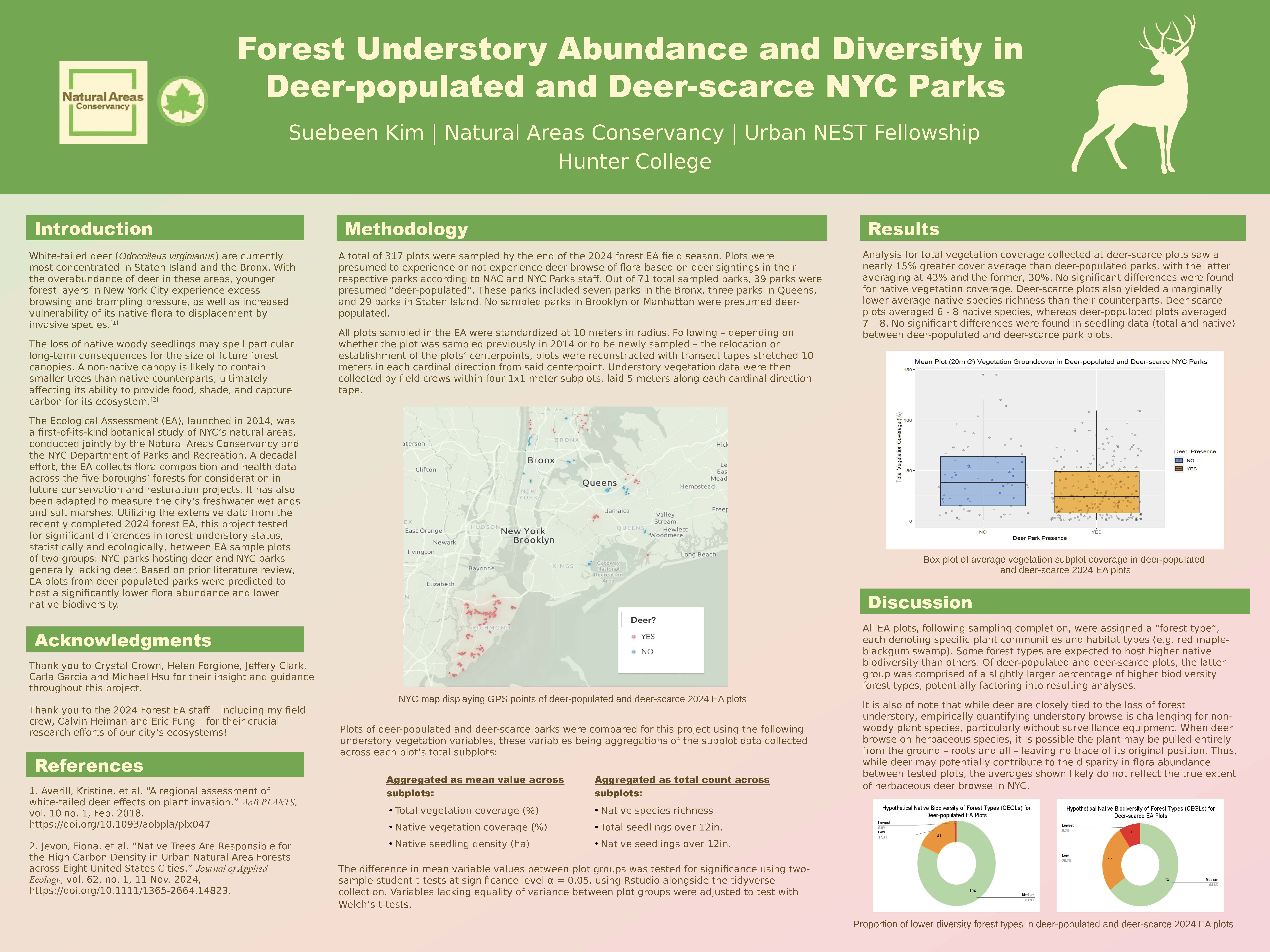
Author: Suebeen Kim (NAC Urban NEST Fellowship 2025-2026)
For Suebeen Kim’s project forested Ecological Assessment plots that were sampled in the summer of 2024 from 68 NYC parks, were divided according to presumed deer activity of their respective parks, then assessed for contrasting average native flora abundance, richness, and seedling density. The project was conducted out of interest in NYC’s continuing struggles with the after-effects of deer overpopulation, characterized by excess browsing and trampling pressure on younger forest layers. Particularly within Staten Island and northeast Bronx.
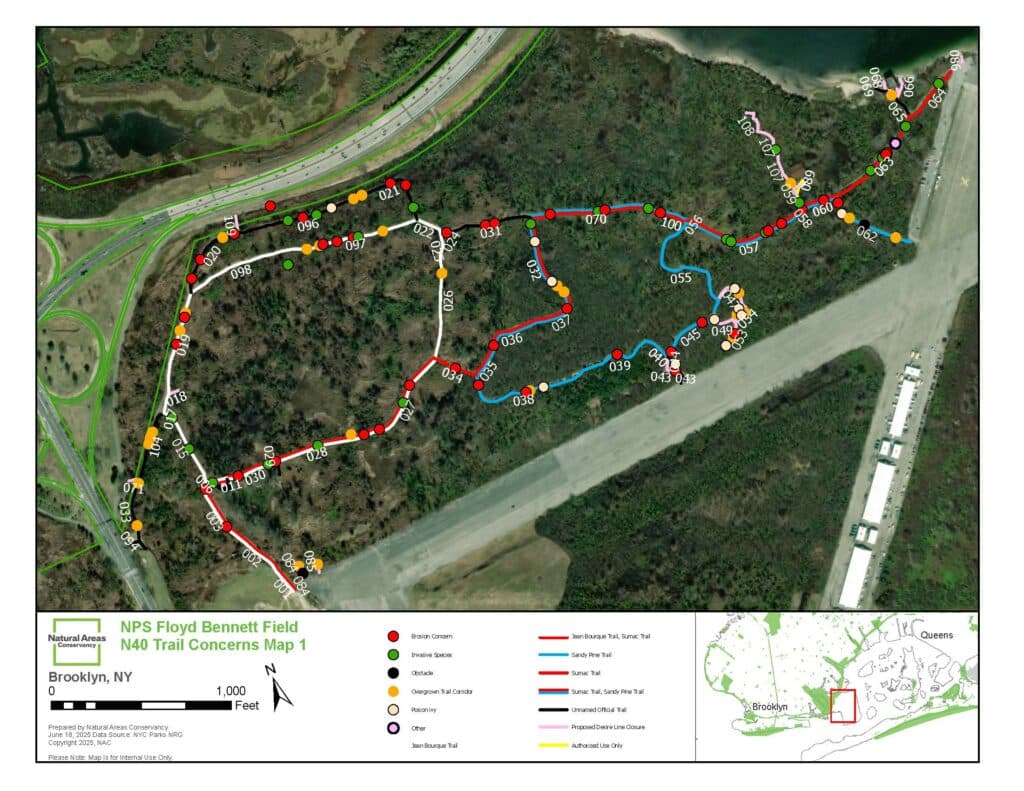
Authors: Camilo Gaston-Greenberg and Zachary Tan Strein (NAC Urban NEST Fellowship 2025-2026)
The work of NAC fellows Camilo Gaston-Greenberg and Zachary Tan Strein, beginning in the fall of 2024 and ending in the summer of 2025, culminated in an ArcGIS Story Maps presentation about the North 40 Recreation area at Floyd Bennett Field in Jamaica Bay. Primarily consisting of interviews of scientists, parks professionals, and community members, the presentation seeks to provide the public with in depth information on the ecology, history, restoration and recreation opportunities available in the North 40 and the surrounding area.
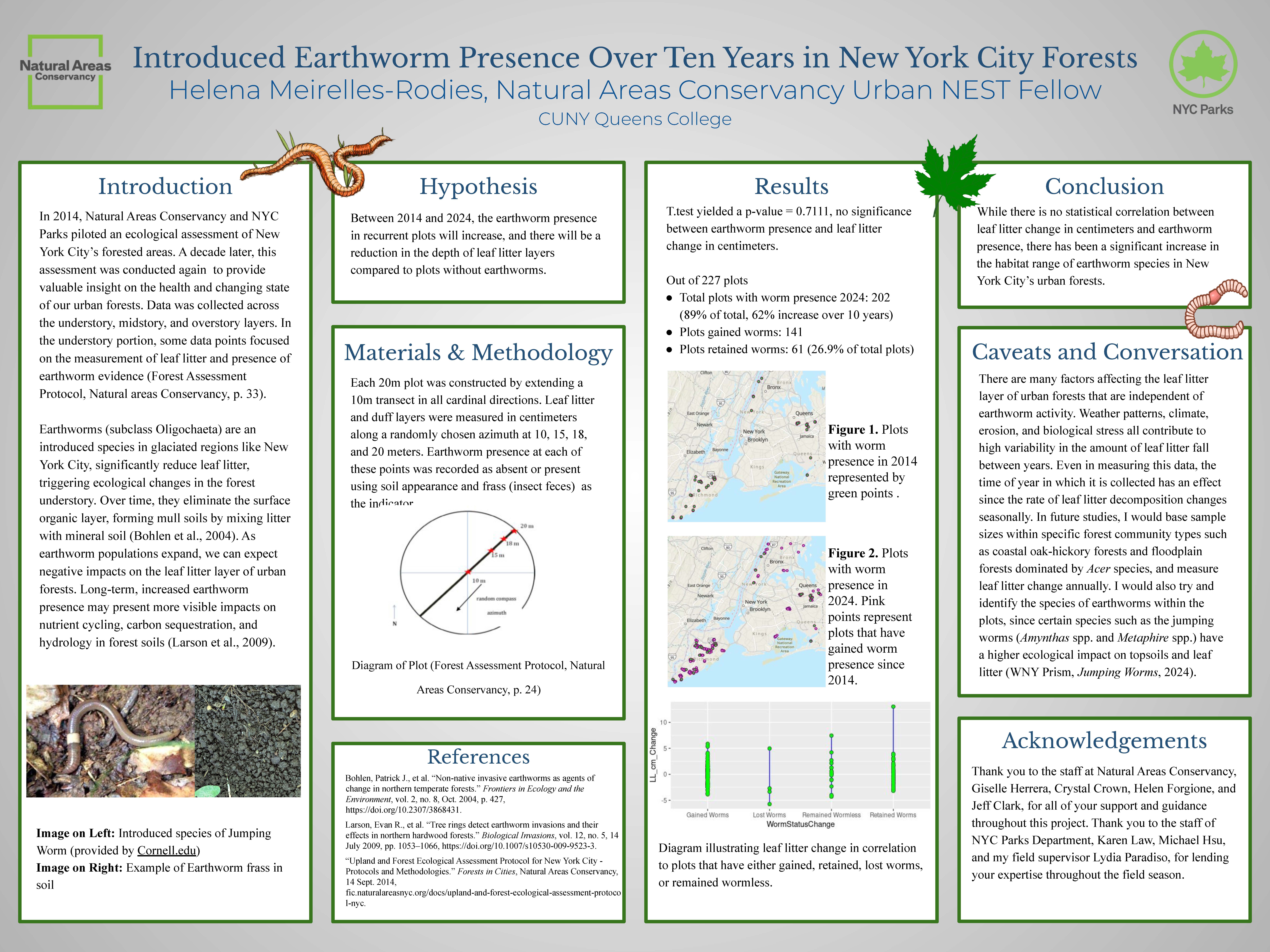
Author: Helena Meirelles-Rodies (NAC Urban NEST Fellowship 2025-2026)
This research project aimed to assess the proliferation of earthworm habitat in New York City’s urban forests and their potential impact on leaf litter layers over a decade. Earthworm presence and leaf litter measurements were compared from remeasured forest plots in 2014 and 2024. Earthworms (subclass Oligochaeta), an introduced species in the region, are known to alter forest ecosystems by reducing leaf litter and forming mull soils. These changes may influence critical processes such as nutrient cycling, carbon sequestration, and hydrology in forest soils. While no direct statistical correlation was found between leaf litter change and earthworm presence, there has been a notable expansion in the range of earthworm species in New York City’s urban forests over the past decade.
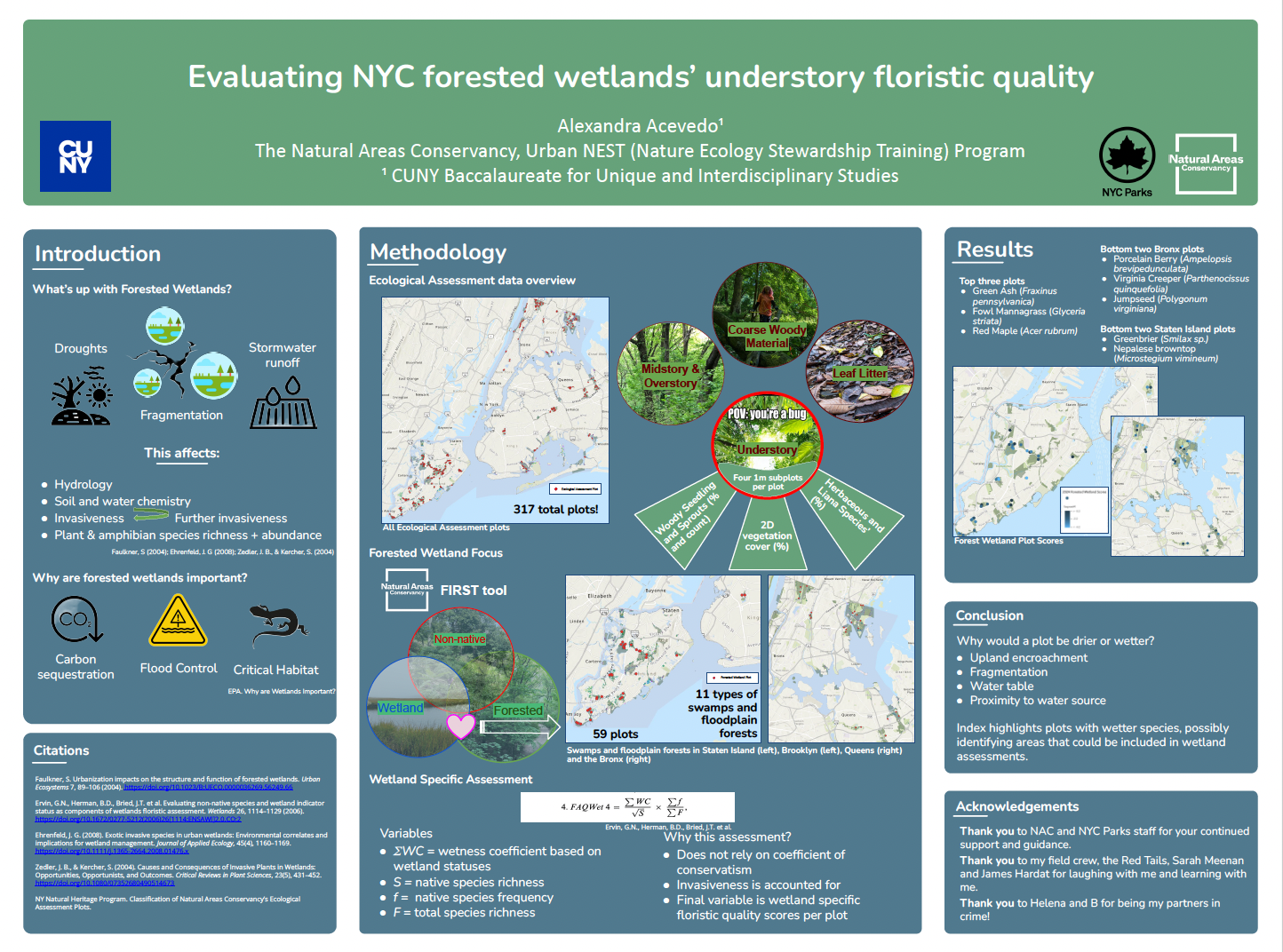
Author: Alexandra Acevedo (NAC Urban NEST Fellowship 2025-2026)
Forested wetlands in New York City play a vital role in storing carbon, reducing flooding, and supporting wildlife, but they are under pressure from urban stressors like invasive plants, drought, and habitat fragmentation. To better understand their condition, Alexandra Acevedo assessed the understory vegetation of 59 wetland plots across 11 forest types. Using a wetland-specific floristic quality index that accounts for native species richness, plant frequency, and invasiveness, we found clear differences among sites. Higher-scoring plots were dominated by native wetland species such as green ash, fowl mannagrass, and red maple, while lower-scoring plots showed greater presence of invasive species like porcelain berry and Nepalese browntop. These results highlight how human-driven changes influence the health of NYC’s wetlands and point to areas where conservation and restoration can make the most impact.
Learn more about our Urban NEST fellowship and internship programs.